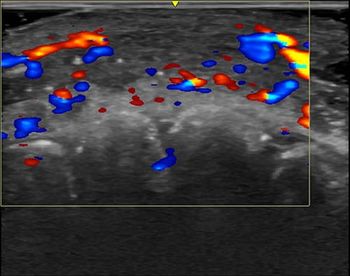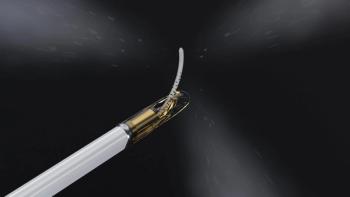
CT Helps Predict Recurrent Diverticulitis
Computed tomographic imaging of the colon demonstrates findings predictive for recurrent diverticulitis.
CT allows clinicians to predict recurrent diverticulitis and stratify patients according to the need for elective partial colectomy, according to a study published in
Researchers from the University of Michigan Health System in Ann Arbor performed a retrospective study to identify CT findings predictive of recurrence of colonic diverticulitis.
The researchers reviewed the CT studies of 440 subjects diagnosed with acute colonic diverticulitis, looking at the involved segments, maximum wall thickness in the inflamed segment, severity of diverticulitis, presence of complications (abscess, fistula, stricture, or perforation), and severity of inflammation.
The results showed colonic diverticulitis in 70% of cases involved the rectosigmoid segment and 30% the descending colon segment; 22% of the patients (98) had complicated diverticulitis.
Significant predictors of diverticulitis recurrence were determined to be:
• Maximum colonic wall thickness in the inflamed segment (1.07 per every millimeter of increase)
• Presence of complication
• Subjective severity of inflammation
The researchers noted that the difference in maximum wall thickness in the inflamed segment and subjective inflammation severity remained statistically significant.
Newsletter
Stay at the forefront of radiology with the Diagnostic Imaging newsletter, delivering the latest news, clinical insights, and imaging advancements for today’s radiologists.




























